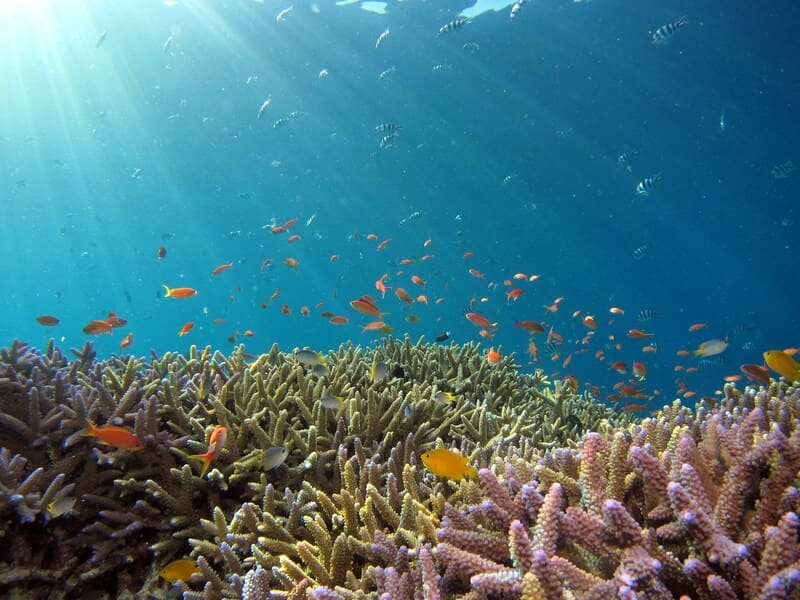1. Distinct Cultural Heritage
Okinawa is culturally distinct from mainland Japan, with its own language, customs, and traditions that trace back to the Ryukyu Kingdom era. This heritage is celebrated in the architecture of Shuri Castle, a UNESCO World Heritage site, and in traditional performances like Eisa, a rhythmic drum dance performed during the Obon festival.
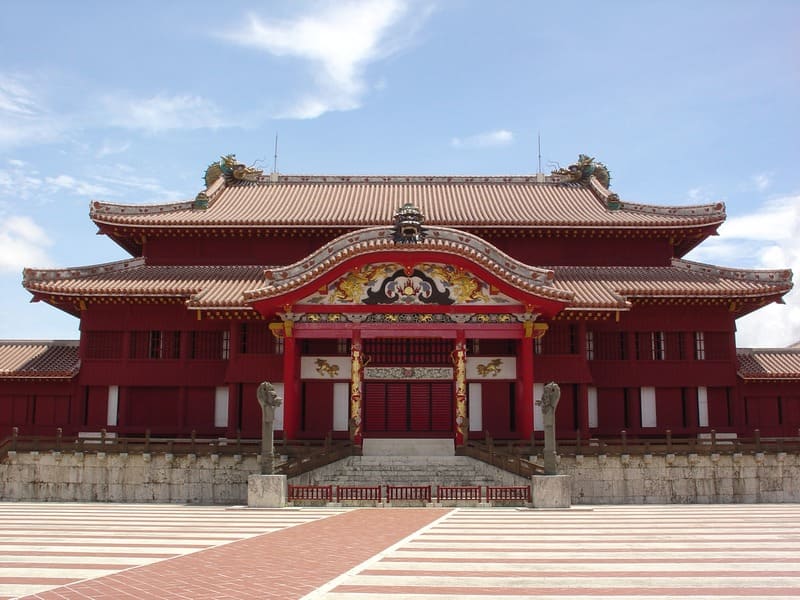
2. Strategic Location and History
Strategically located between Japan and Taiwan, Okinawa has a complex history marked by its role in World War II, notably the Battle of Okinawa. This history is memorialized at sites like the Peace Memorial Park, which honors the memory of those lost during the war, offering visitors profound insights into the impacts of conflict.
3. Culinary Delights
Okinawan cuisine reflects its tropical environment and cultural influences, featuring dishes like goya champuru (bitter melon stir-fry) and Okinawa soba (noodle soup). Awamori, a distilled rice liquor, is a traditional alcoholic beverage unique to the islands.
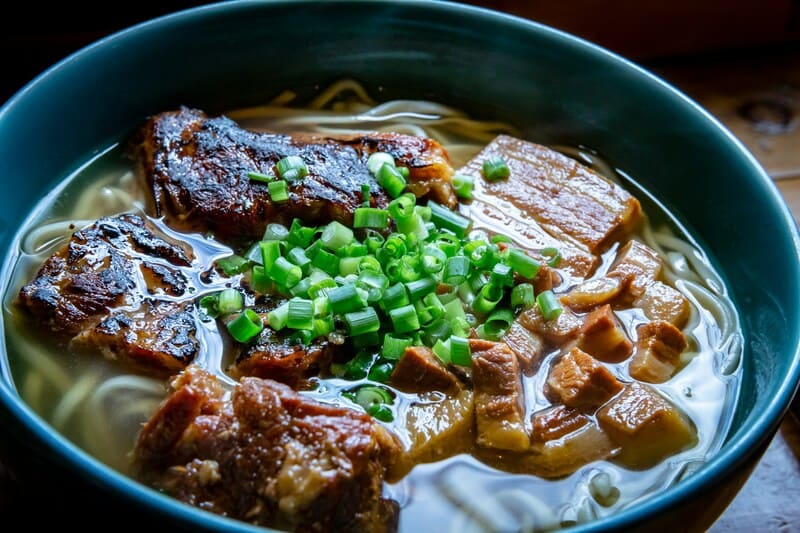
4. Natural Beauty
Okinawa is famous for its breathtaking natural beauty, from the pristine beaches of Ishigaki Island to the expansive coral reefs that make it a premier destination for diving and snorkeling. The Kerama Islands offer some of the clearest waters in the world, ideal for marine life observation.
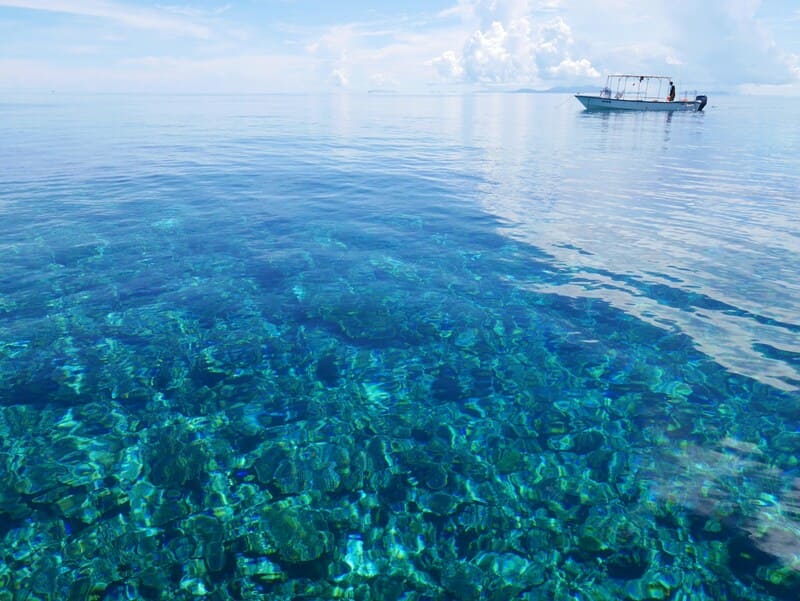
5. Vibrant Arts Scene
The arts scene in Okinawa is vibrant, with a strong emphasis on crafts such as pottery, glass-making, and textile weaving. The Yomitan Village Pottery Festival showcases local ceramic arts, while the Ryukyu Glass Village offers visitors a chance to see traditional glass-blowing techniques.
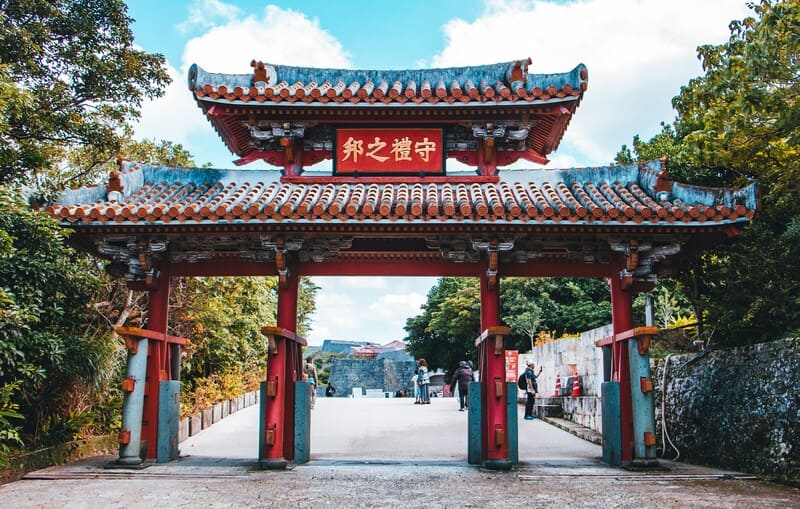
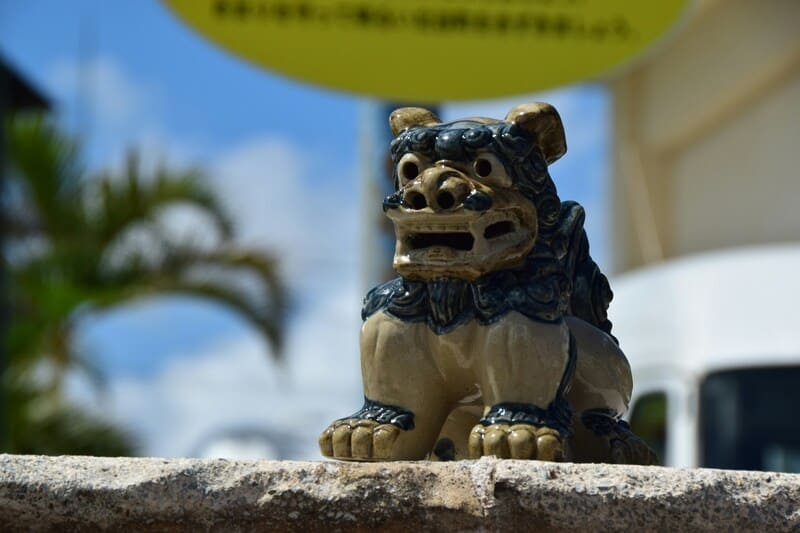
6. Tourism and Recreation
Okinawa’s warm climate and scenic landscapes make it a popular destination for tourists seeking both relaxation and adventure. Activities range from hiking in the lush Yanbaru forest, home to unique wildlife, to exploring the underwater ruins thought to be linked to the mythical Ryukyu Kingdom.
